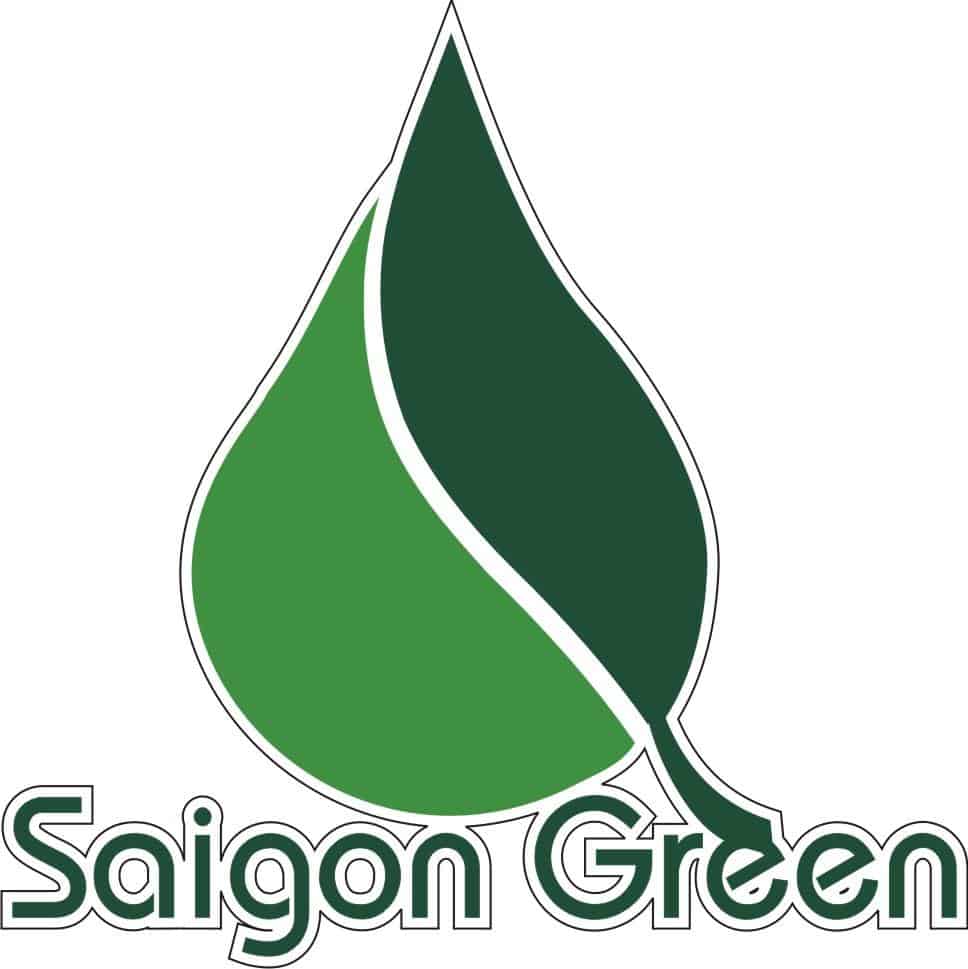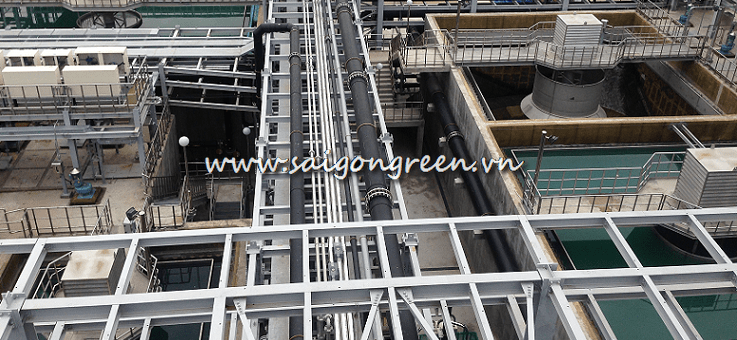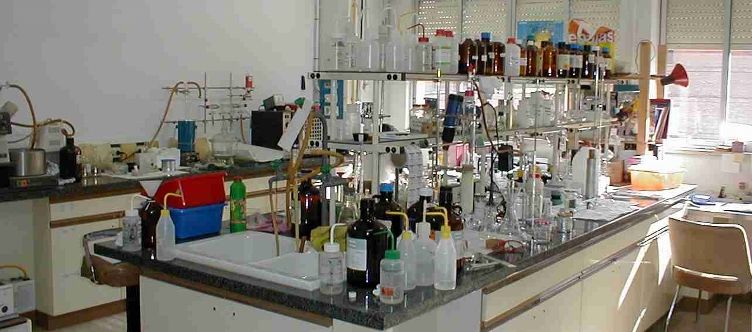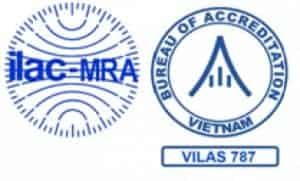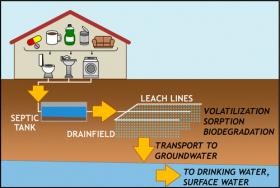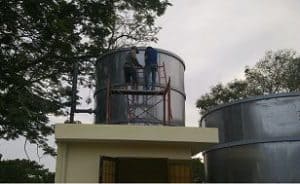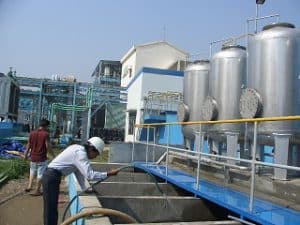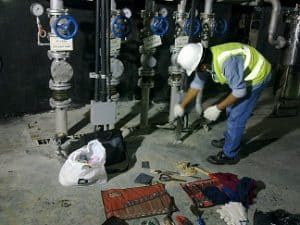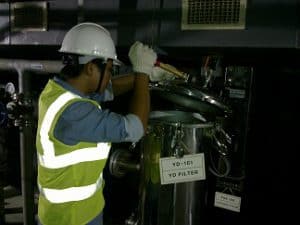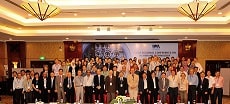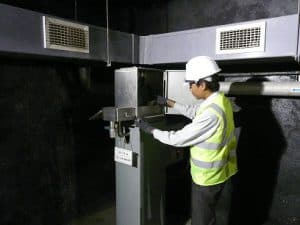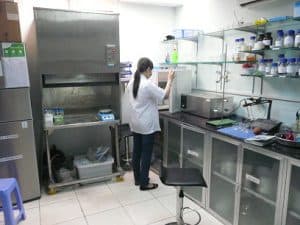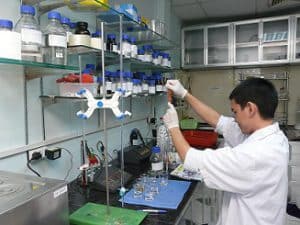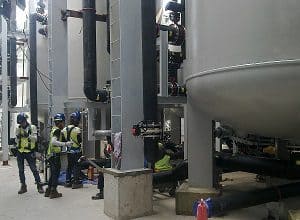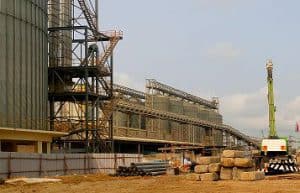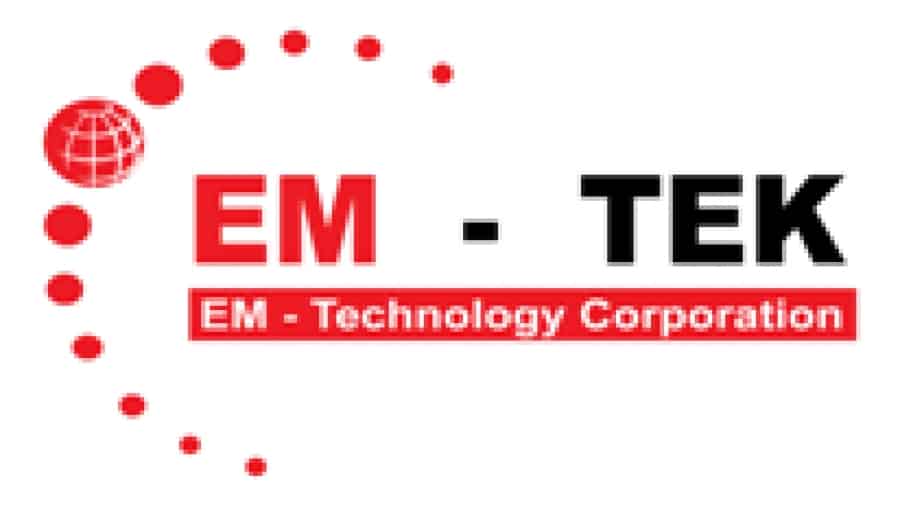Septic systems are a major source of emerging contaminants in drinking water
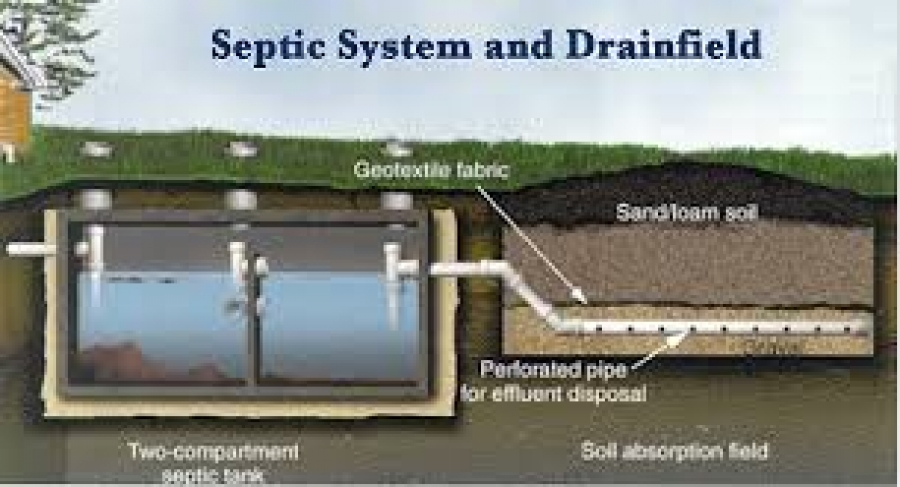
A new analysis shows that septic systems in the United States routinely discharge pharmaceuticals, consumer product chemicals, and other potentially hazardous chemicals into the environment. The study, published June 15 in the journal Environmental Science & Technology, is the most comprehensive assessment to date of septic systems as important sources of emerging contaminants, raising health concerns since many of these chemicals, once discharged, end up in groundwater and drinking water supplies.
Known as contaminants of emerging concern (CECs), these types of pollutants are frequently detected in U.S. rivers, lakes, and drinking water supplies. However, the U.S. Environmental Protection Agency does not currently regulate them in drinking water. Many emerging contaminants are hormone disruptors. Their presence in the environment has been associated with the feminization of male fish and reduced fertility in other wildlife. And studies in humans have linked some CECs with thyroid disease, developmental disorders, decreased fertility, and even cancer.
“These are chemicals found in the products we use every day, and eventually they make their way down the drain,” says Laurel Schaider, an environmental chemist at Silent Spring Institute and the study’s lead author. “What’s concerning is that we are potentially re-exposed to these chemicals as mixtures through our drinking water and we have no idea what the health effects from those exposures are.”
Approximately 20 percent of U.S. households rely on septic systems to process their wastewater. In some parts of the country, the number is much higher. In Cape Cod, Massachusetts, for instance, 85 percent of residents rely on septic systems. Although septic systems are known sources of nutrient pollution and have been associated with disease outbreaks, questions remain regarding the extent to which they contribute emerging contaminants to the environment.
Source: Environmental News Network
